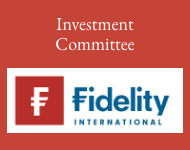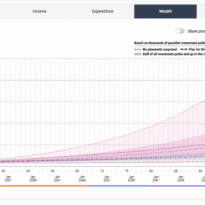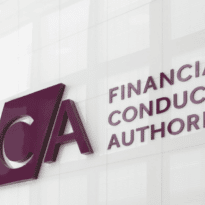Hortense Bioy, head of sustainable investing research at Morningstar Sustainalytics delved into the key ESG risks following Trump’s first 100 days in office.
Following 100 days into President Trump’s second term, investors are reassessing how significantly the political landscape has shifted – and what it means for financial markets and investment risk. During this period, we have witnessed market turbulence and policy reversals in several key areas of diplomacy. Sustainability is an area that has been particularly affected, with green rollbacks raising concerns about the long-term risks for investors.
1. Climate Policy Ambiguity and the Green Economy:
- While the Inflation Reduction Act is unlikely to be fully repealed due to its proven economic benefits in many Republican-led states, significant weakening is expected. Incentives supporting renewable energy may be redirected to bolster fossil fuel production, potentially slowing the momentum for low-carbon projects.
- Environmental deregulation, with the Environmental Protection Authority being scaled-back and its enforcement weakened, creates the illusion of lower environmental risks in the short term, but climate risks are expected to grow in the medium to long term.
2. The ESG Backlash:
- Under Trump, executive orders and legal shifts have chilled corporate willingness to discuss or promote ESG-related goals—especially in areas like DEI and climate action. This moment has revealed a disconnect between public positioning and internal risk assessments. Investors will need to separate real sustainability performance from rhetoric shaped by the political agenda.
3. Europe’s Shifting Sustainability Agenda:
- In Europe, Trump’s return has disrupted the continent’s sustainability agenda, emboldening policymakers to prioritise growth, competitiveness, and defence over sustainability and climate goals. This doesn’t mean climate targets are being abandoned, but the strategies to achieve them have shifted. With the introduction of the Omnibus package and the reduction of corporate disclosure requirements, investors may find it increasingly difficult to assess ESG risks. This shift also reflects a broader dilemma: navigating a world where climate goals remain officially endorsed, but the political will to enforce them is weakening.
The first 100 days of Trump’s presidency have served as a wake-up call. The assumption that climate and ESG progress would continue without disruption has been seriously challenged. Yet paradoxically, the political instability has also helped clarify what matters most. Investors in Asia, for example, are taking a more pragmatic approach, balancing principle with market realities. In regions lacking robust regulation, companies face higher exposure to physical climate risk – and investors will need to respond accordingly.
In this new reality, navigating ESG risks requires greater discernment, deeper due diligence, and a long-term perspective – because while the political climate may shift, the material impacts of climate and sustainability challenges will only grow more pressing.
Main image: icenoaa-NBwP2jjnATE-unsplash































